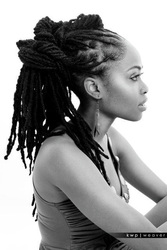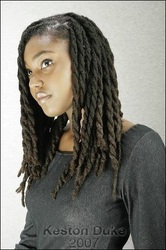Steaming Natural Hair!
Hydrate Your hair Using HHBR Natural Hair & Skin products with the Huetiful Steamer!
Wow The Huetiful Hair
Steamer! I just Love this Products.I wished I had this when i had my Dreadlocks. I have always had trouble with dry hair.My scalp was oily but my hair stayed dry. Now using My Natural Hair Conditioners and Hot Oil treatments with the Huetiful Hair Steamer my hair has extreme moister and softness.
1. I washed my Hair with HHBR Organic Sea Kelp, Black Soap Shampoo.
2. Apply Extra Moisturizing conditioners with cap for 5min then sit under the Huetiful Steamer for the 20 min untill the water has boiled out.
3. For Hot Treatments-Shea Hot oil Treatment,,
The Huetiful Steamer is great for dreadlocks, Natural coils, curly Hair, textured hair or any hair type needing moister.
Leave in conditioner or wash out and style hair as desired!HHBR, Huetiful Steamer! video tutorial coming soon!!














